
propagation delay transmission delay and analog signal resonance your pcb
Introduction to Signal Delay on Printed Circuit Boards Signal delay is a critical factor to consider when designing and manufacturing printed circuit boards (PCBs). It[…]

propagation delay calculator
Understanding Propagation Delay Propagation delay is a critical concept in the world of electronics and digital communication. It refers to the time taken for a[…]
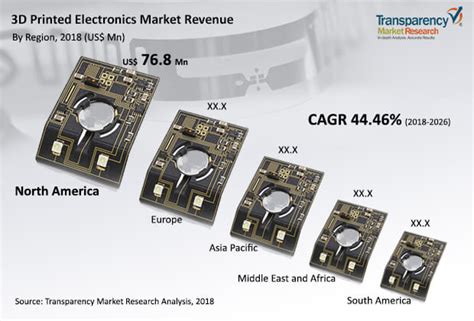
promising and challenging future 3d printed electronics
What are 3D-Printed Electronics? 3D-printed electronics refer to electronic devices and components that are fabricated using additive manufacturing techniques. Unlike traditional electronics manufacturing, which involves[…]

product lifecycle management electronics manufacturing
What is PLM-EM? Product Lifecycle Management for Electronics Manufacturing (PLM-EM) is the application of PLM principles and software tools to manage the entire lifecycle of[…]
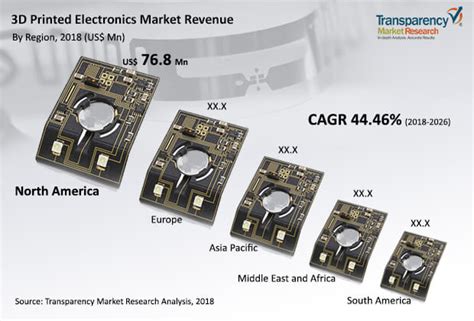
the promising and challenging future of 3d printed electronics
What are 3D-printed electronics? 3D-printed electronics involve using various additive manufacturing methods to deposit conductive, insulating, and semiconducting materials in precise patterns to create electronic[…]
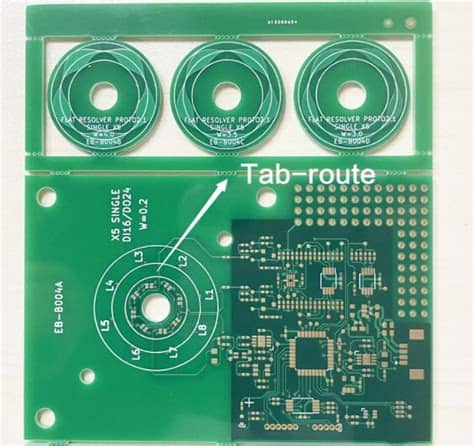
PCB Routing Tips for Beginners
Understanding the Basics of PCB Routing Before diving into the specifics of PCB routing, it’s essential to understand the basics. PCB routing involves creating the[…]

What PCB material do I need to use for RF
Understanding the Importance of PCB material selection in RF Design In RF applications, the PCB material plays a critical role in determining the electrical and[…]
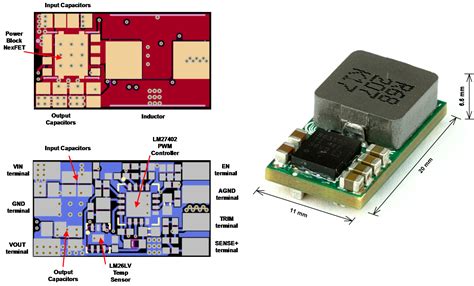
prototype board layout software
Introduction to PCB Layout Printed Circuit Board (PCB) layout is a crucial step in the electronic design process. It involves arranging electronic components and routing[…]
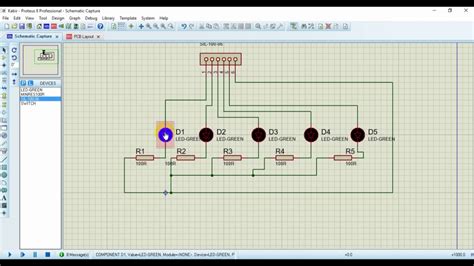
proteus pcb design software free download
What is Proteus PCB Design Software? Proteus PCB Design Software is a comprehensive suite of tools for designing and simulating electronic circuits and printed circuit[…]
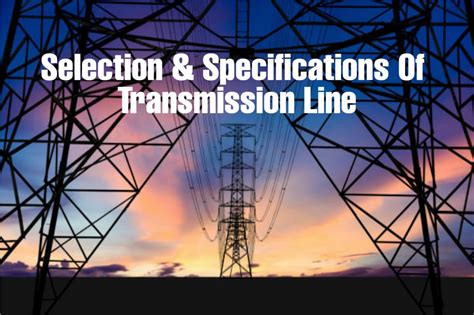
pros and cons of different high frequency transmission line types
Introduction to Transmission Line Types Transmission lines are essential components in high-frequency electrical systems, as they facilitate the transfer of electromagnetic energy from one point[…]